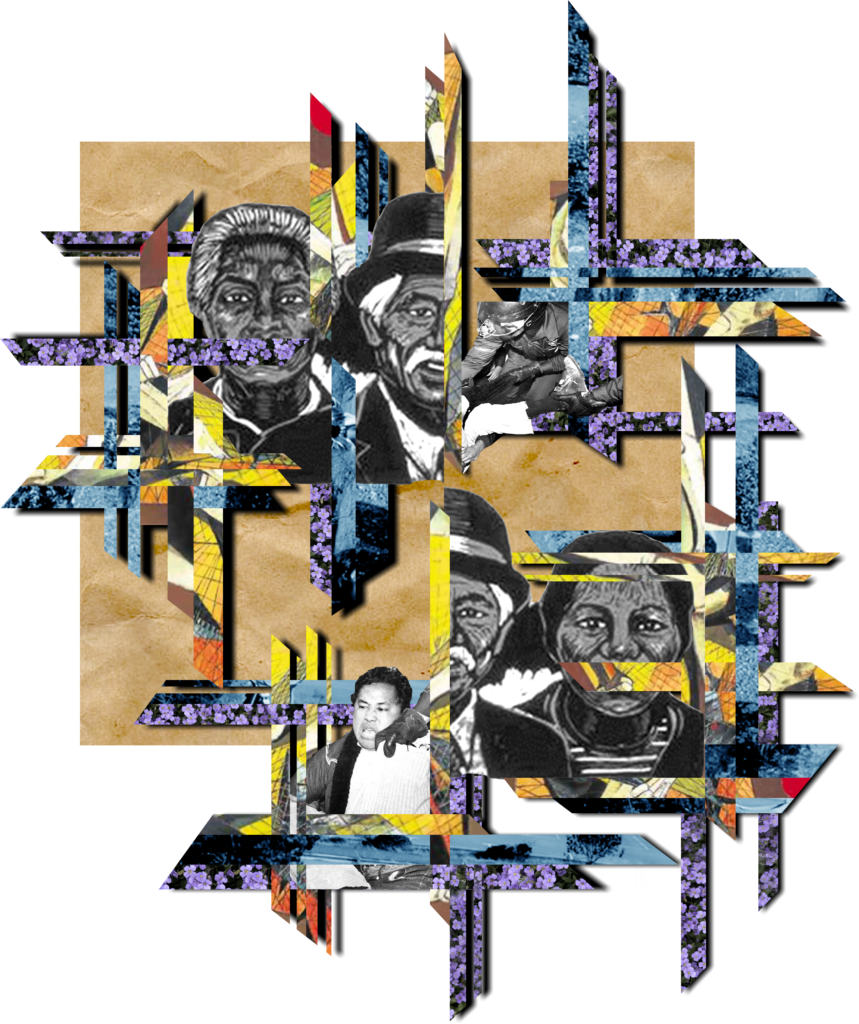Manilatown Essay and Collage
2020

Covering an area of just forty-seven square miles, San Francisco is six times smaller than New York City and almost eleven times smaller than Los Angeles. While this bantamweight peninsular city is limited in length and width, its density makes it infinitely walkable. It is a city in which otherwise ordinary places spark imaginaries far beyond its arbitrary borders. Once such place is the intersection of Lapu Lapu Street and Bonifacio Street. Just south of Market, nestled between Yerba Buena Gardens and a 30,000-square-foot Whole Foods, this quiet cement loop memorializes two Filipino heroes for their boisterous resistance against Spanish colonization. Unassuming and unpretentious, it is easy to miss while wandering among SoMa’s museums, office towers, and eau de parfum of the city’s best (and worst). I first visited Lapu Lapu and Bonifacio as an undergraduate in UC Berkeley’s human geography department, studying the relationships between people and the natural and built environments. I quickly learned about the area’s genesis as a once-living mosaic of residential hotels, diners, and small businesses owned and occupied by thousands of Filipino residents. I also learned of its exodus. Beginning in the 1950’s, the entire community was swallowed by the encroaching appetite of urban renewal and a booming financial district. Towering glass curtains were squeezed in as soon as tenants could be squeezed out. However, the Filipino community did not go quietly. For two decades, tenants resisted against intimidators and developer interests to save Manilatown. While their efforts were ultimately defeated, their experiences are memorialized in both discrete and voluminous ways. Last fall, I had the gift of virtually returning to Lapu Lapu and Bonifacio by watching the Lakbai Diwa Mural and Dance Ceremony, a public art performance by Kularts. With over thirty participating Filipino artists, the performance affixed traditional displays of resistance and spirituality to contemporary diasporic struggles for belonging. Their performance was truly radical; their colorful dance, prayer, and mural components juxtaposed the surrounding gray towers that once dispossessed them. This performance, along with their historic campaign for tenants’ rights, augmented my understanding of how firmly embedded Filipino diasporic culture is in SoMa’s built environment. The performance pivoted upon the memories and trauma embedded in the buildings themselves; to a place that once existed. It reminded me of the power that environmental design has over people. Moreso, it reminded me of the power to turn poverty into poetry, destruction into dignity, and brutality into brilliance.